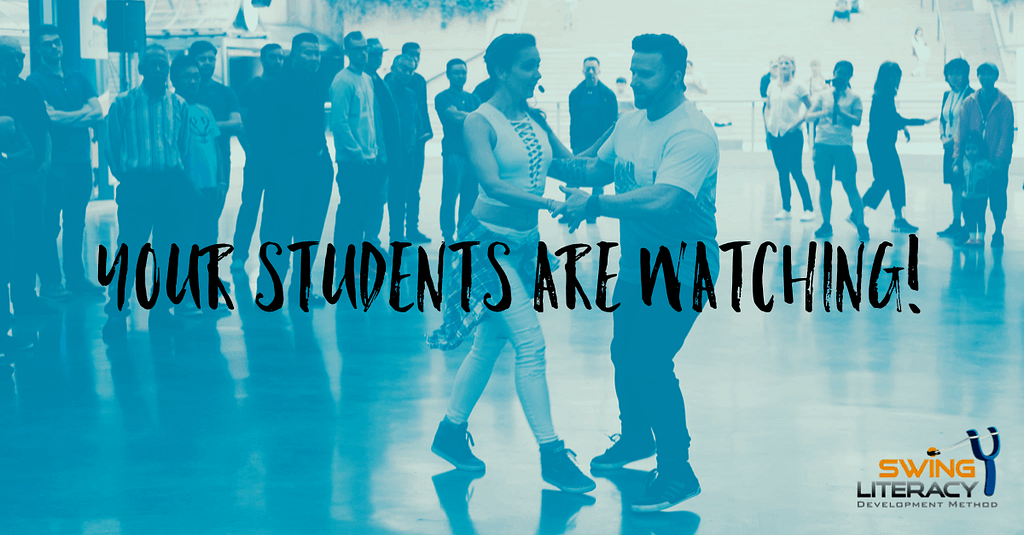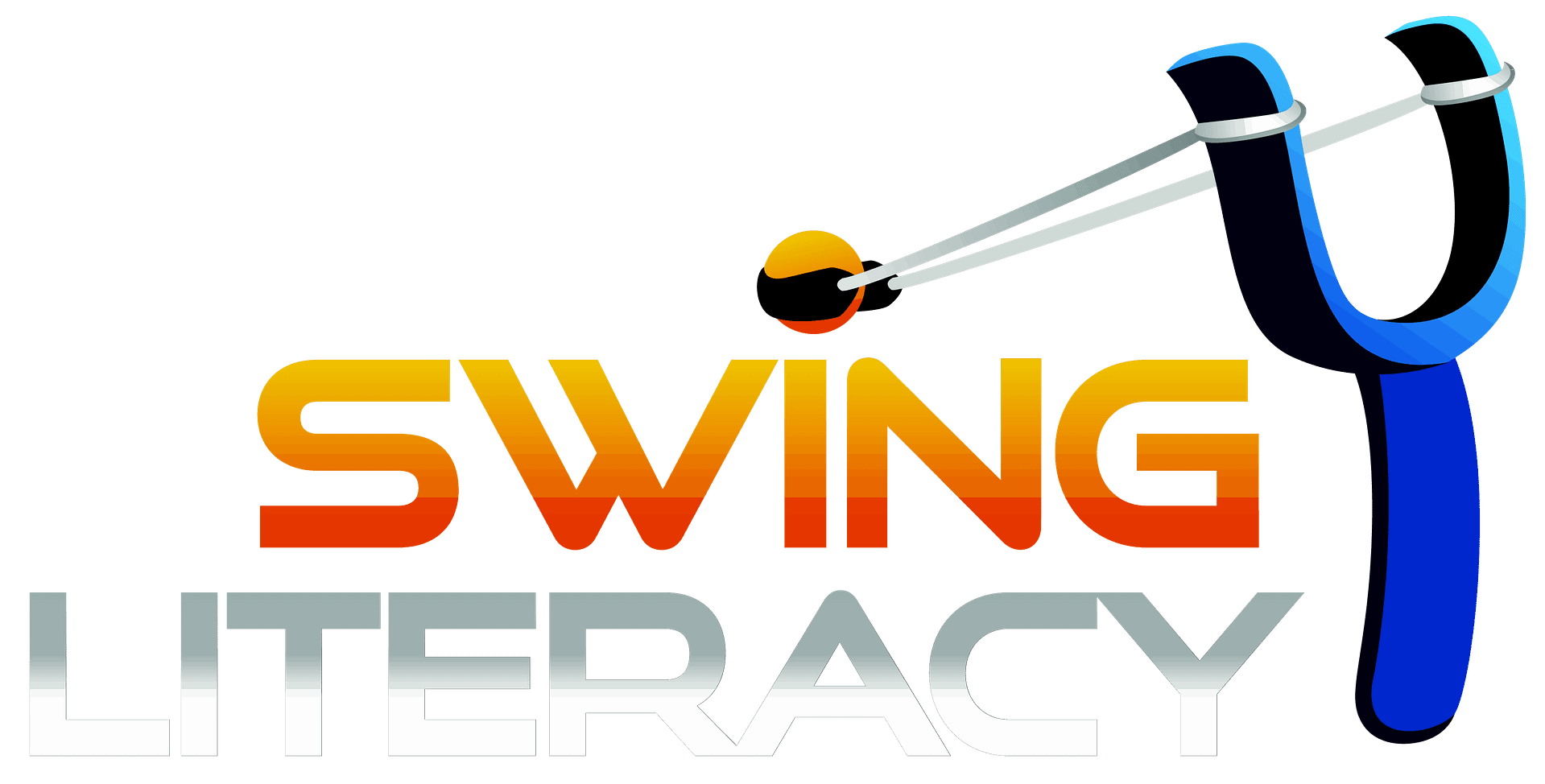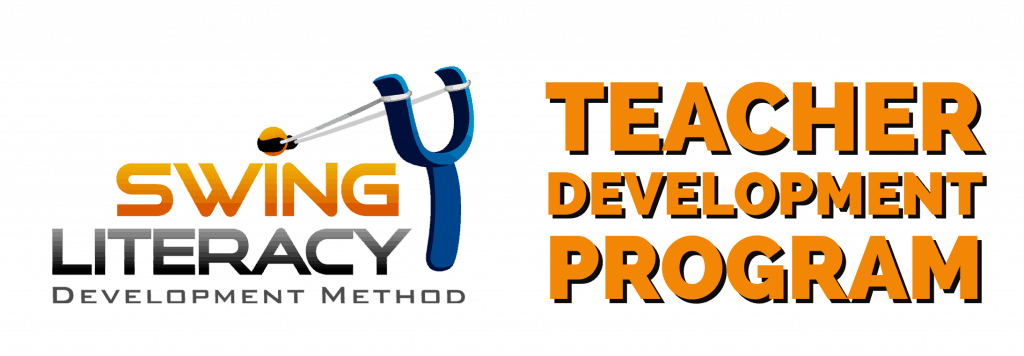No products in the cart.

Your WCS students are watching you!
Reading Time: minutes remaining
Teaching Snack #3

Your struggle
Your students have some stubborn bad habits:
- having bad posture
- lazy, shuffling footwork
- lack of stretch
- poor eye contact
- being rigid, selfish, or not adaptable
- giving unsolicited feedback
- rudely demanding or refusing a dance
- not thanking partners after a dance
- being grumpy about dancing with lower level partners
- being snobby when they reach a certain level
Of course, some of these habits are simply there because the student is so new they haven’t learned the alternative good habits yet.
But what about the students who have been around for a while?
You’re feeling a little disappointed in them, since they should know better.
What’s going on
Possible diagnosis #1: Modelling
Your teaching influence is not limited to the words you say. You must also be careful of what you show.
I’m not just talking about demos. A demonstration provides an example of proof and has a defined start and end point.
I’m talking about modelling. Modelling is constant – your students are always observing you and using you as a reference model for both technical movement and social behaviour, like children do with their parents.
It’s possible you have been teaching one way, but behaving in the opposite way, and your students are simply following your lead.
Possible diagnosis #2: Missing explicit instruction
It’s also possible that you haven’t been specifically addressing these negative behaviours/habits at all in class, so in the absence of guidance, your students haven’t learned the required technical habits and social expectations.
Of course, it’s always possible that the way you have been directly teaching these skills and behaviours during your class is not as effective as it could be. Never overlook the possibility that it’s time to upgrade your method.

Okay, but how to fix it?
Present yourself as a role model at all times when you are around your students. Be aware of how YOU model behaviours while you teach, such as:
- showing good footwork technique while you social dance
- tone of voice in speaking to your partner, listening and not interrupting
- holding your posture while you are teaching or socializing
- visibly using stretch with every partner, regardless of their level
- looking students & partners in the eye while dancing or teaching
- asking permission before offering feedback, then doing it off the floor
- being patient and gracious in handling questions & feedback
- asking people of all levels & genders to dance
- thanking every partner and thanking them for asking you
- courteously postponing but not declining a dance, then following up
- appropriately handling uncomfortable dances gracefully and elevating every partner
- not hanging out in only one corner of the room
Whenever possible, be transparent about the choices you are making, to really make sure they get the message.
Source: Techniques of Teaching, Unit 5, Theory Module for Teachers, Swing Literacy Teacher Development Program.
Want to know exactly how to troubleshoot and fix the common technical errors that are holding your students back?
As the source of R&D for teaching WCS, we produce curated resources, live trainings, and digital courses to help teachers teach West Coast Swing in the most effective way possible their students learn faster, better, and easier.


 Your students have some stubborn bad habits:
Your students have some stubborn bad habits: showing good footwork technique while you social dance
showing good footwork technique while you social dance